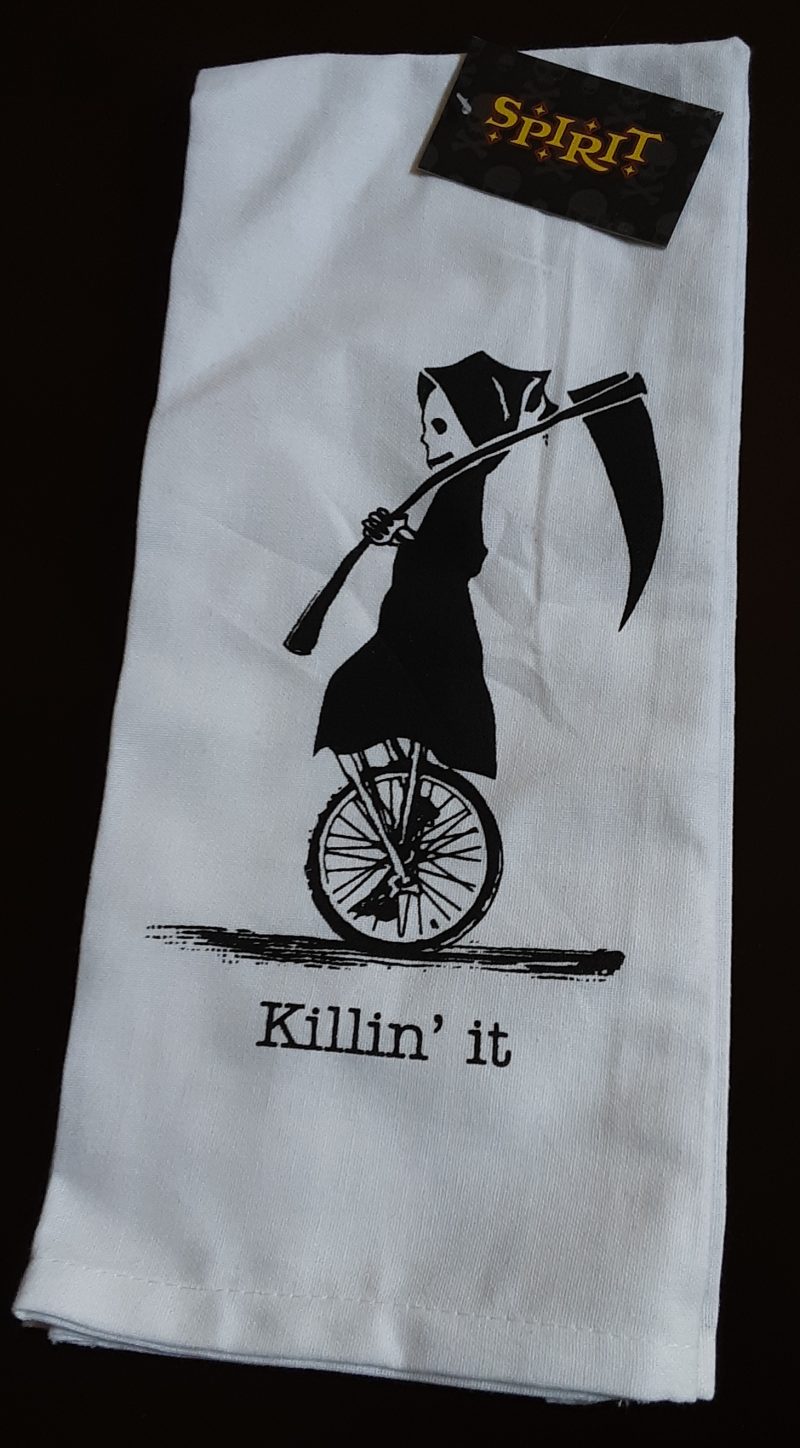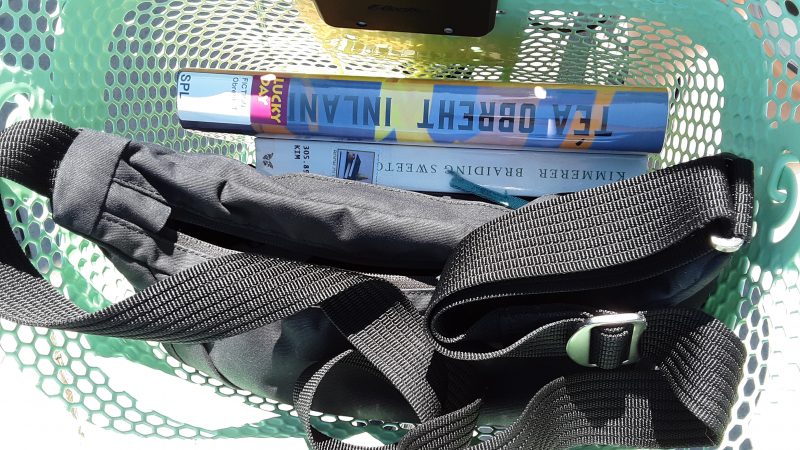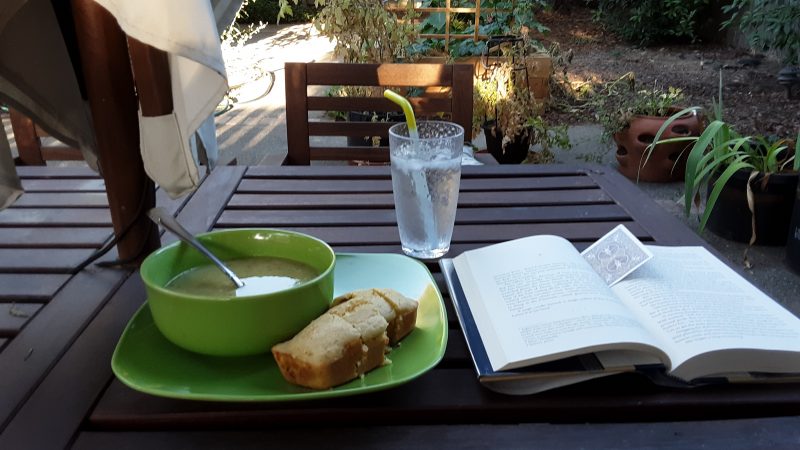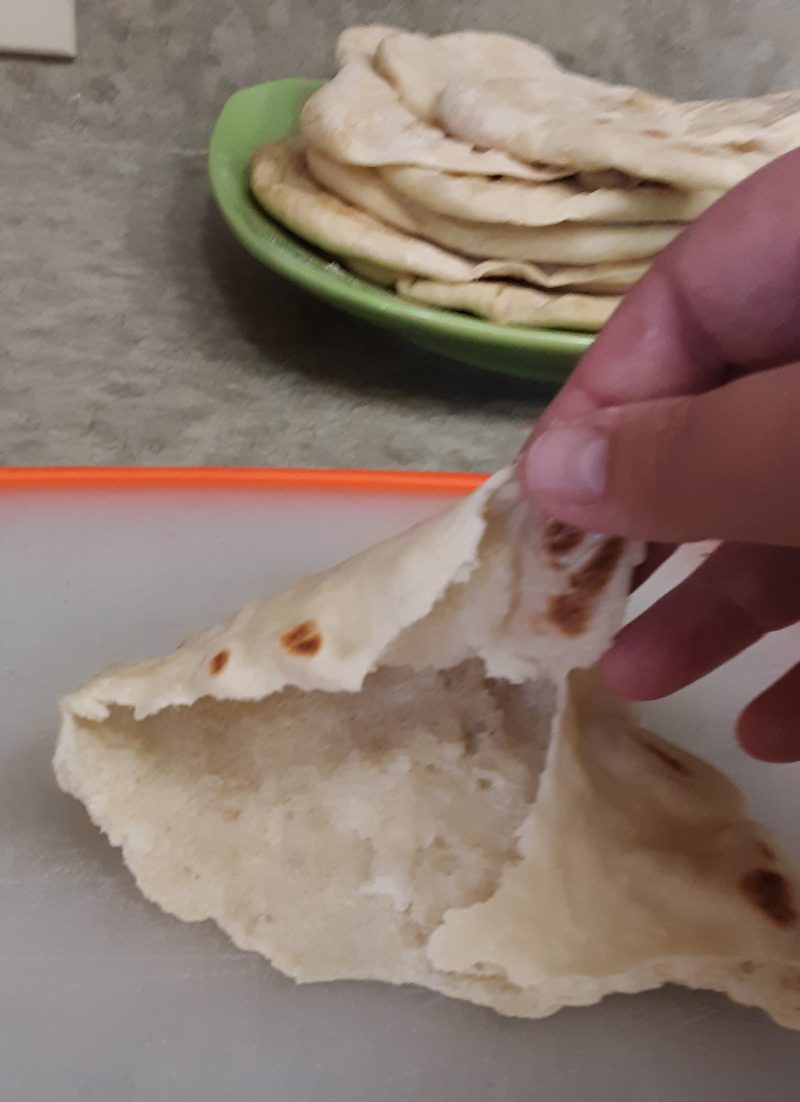I can’t say this with total certainty, but this may have been one of the longest weeks of my life. I was looking through my photos the week to jog my memory and prepare to write and realized that last weekend feels like an age ago. This week was long because it was full of work, which, as we know, cuts into my carefully balanced schedule, and because so many things happened. As of today, our shower remodel has started. The contractor came in to rip out the old stuff, which was kind of cool but also quite loud. I played bingo last weekend, saw one of my best friends perform in a stand-up comedy show, and got new glasses, which is all great. On the downside, a tiny rock hit the windshield of my car and now we have to replace it (careful readers may recall that we just bought this car in July) and Kirk had to get an emergency root canal. This has all been quite a lot to take in. If one were to ascribe intent to the universe, we might say that it knows it’s October and is being extra spooky by afflicting us with the terrors of adulthood. Thanks?

new, dramatic frames that may or may not make me look too much like my mom 
wow, okay. great.
Consuming
Here are some things I read, watched, or bought this week.
Reading
I finished reading The Plot to Hack America, which discusses Russian interference in the 2016 presidential election. This book was very well researched, which is always nice to read. It was also interesting because it’s something of a time capsule. The book was written in 2016. We already know so much more about Russia’s involvement, although not the whole story. This book helps summarize the issues and captures what we knew at that time (which was PLENTY).
I read a couple of thoughtful articles this week about bodies and exercise:
- I’m a fat cyclist—and I don’t need to fix my body. You can be fat and athletic and can exercise without the goal of weight loss. The shocking truth! This resonates with me because I do really like to ride my bike and do things, but there is definitely a smug undercurrent from many people out there like, oh, good for you for exercising. Notable quote from the article, “The true problem is with our culture around sport, and our ideas of athleticism. Really, with who gets to move their body because they want to and who has to move their body because they need to fix it.”
- The quiet harm of #TransformationTuesday. Another piece on body acceptance and how celebrating weight loss and before-and-after photos isn’t really helping us be body positive or move forward as a culture. Reading this reaffirmed to me that, although I am personally working on losing some weight, I don’t want to publicly talk specific numbers or post weight loss photos or dumb pictures where you wear your old pants and hold out the waist as if to say “haha, look how dumb I was for wearing pants that could fit two smaller humans.”
Watching
This week, the Untitled Goose Game caught my attention. The description reads “It’s a lovely day in the village, and you are a horrible goose.” I haven’t played it yet, although I expect I will this weekend because it looks hilarious. I did watch this video by youtuber videogamedunkey and had a good laugh about it. I am ready to be a horrible goose. Untitled Goose Game also caught the Washington Post’s attention this week. They published an article called Playing ‘Untitled Goose Game’ is the new punching a wall. The article’s conclusion? “We’d say it’s improbable that such a simple game would go as viral as it has in recent days, but “Arrest for Treason” trended on Twitter on Monday and it’s not like anyone has any better ideas on how to cope with everything that’s going on.” Same, WaPo, same.
Rampant Consumerism
As previously stated, our shower remodel has begun. We had originally thought we’d remodel the bathroom in some not-too-distant future, but eroding grout has resulted in the shower leaking. So here we are, remodeling.
I am also going to consider Saturday’s bingo trip an act of consumerism because it’s a zero-skill gambling game. Kirk and I went because Sacramento Roller Derby was holding a fundraiser and so … why not? Well, bingo is boring as all get out is why not. When we arrived, we were assigned electronic bingo machines, about the size of a travel board game. The machine has some 40+ bingo cards running at once and fills in the numbers for you after you press “enter” to accept the next number. Meanwhile, you can fill out paper bingo cards in case you think you can do a better job of keeping up than a computer. I concluded that the paper was just to keep us busy and keep our minds of the coming A.I. apocalypse. Typical.

step one of remodeling: demolition 
The remains of the shower are temporarily living in the back yard 
bingo: is it exciting? 
a wild, Saturday night bingo crowd 
bingo is weird as hell
Making Things and Doing Stuff

One of the best things I did this week was go to the Invisible Disabilities comedy show at Punch Line on Sunday to watch my friend Abby perform. There were a lot of funny women in the show—in fact, the show was all women—who did sets around disabilities like OCD, anxiety, and fibromyalgia. I just want everyone to know that I have awesome friends and Abby is both hilarious and depressing in just the right combination. Afterwards, in the tradition of performers everywhere, we went to Denny’s and stayed out too late, considering it was a “school night.”
Language Learning
It was a full month with lots of tutoring (#RichBitchFantasy) and as much effort as I could muster. Studying is one of the first things that gets cut when life is busy because, ultimately, there’s no real reason for me to learn Icelandic; I just want to. Although maybe that’s the best reason of all. My strategy to watch more TV in Icelandic and soak it up seems to be helping. I’m starting to get better at stringing thoughts together, but it might also be that I was coming to my next stage of learning anyway. Icelandic is a language that requires a lot of groundwork. Spanish studies continue. I am doing what I can but I am still having a hard time just sitting down and putting in the work. Maybe I feel less urgency because my Spanish is pretty good? I don’t know. More to come, I suppose. Perhaps my Peru trip will result in some kind language-learning epiphany.

September Icelandic studies 
September Spanish studying
Working Out
A couple months ago we stopped working out at Body Tribe because we got tired of driving downtown three times per week. This week, we finally joined a new gym and I’m happy about it because I like picking heavy things up and putting them back down. We found a nice enough gym that’s really close to our house. In fact, it’s so close that it only takes a few minutes to get there by bike. Bonus exercise!
To complement this, I signed up for Iron Octopus Fitness‘ Cuttlefish Crew, which is a largely hands-off program for roller derby athletes. I learned in the last few years that it helps me a lot to have someone else do the math of how to work out for me. So far I really like the program, and it comes with a cool app that shows how to do each exercise and logs your weights, so it can graph how much you lift over time.
Kitchen Witchery
I’m taking full advantage of colder weather and baking and running the crock pot often. I made carnitas this week, which is great for slow cooking. I also baked some hamburger buns and made turkey burgers (not pictured). Yesterday I made sweet potato biscuits (recipe from The Bread Bible), which are maybe my favorite food? I don’t know. I just love bread.

Future Carnitas 
a sample of the finished carnitas 
homemade buns! 
sweet potato biscuits
Knitting and Crafts
My instagram followers have already seen this, but I am posting it here too because I can. I washed and blocked my new hooded caplet. It looks awesome and I am excited to wear it. I ordered a cool clasp for it. Once it arrives, I’m going to be looking for excuses to wear this.

washing my caplet so I can block it 
blocking my knits 
the completed hooded caplet!
Finally, some cat photos for your nerves.

Huey is pleased with the switch to the winter comforter 
Viola trying to convince us that she is evil





















































































